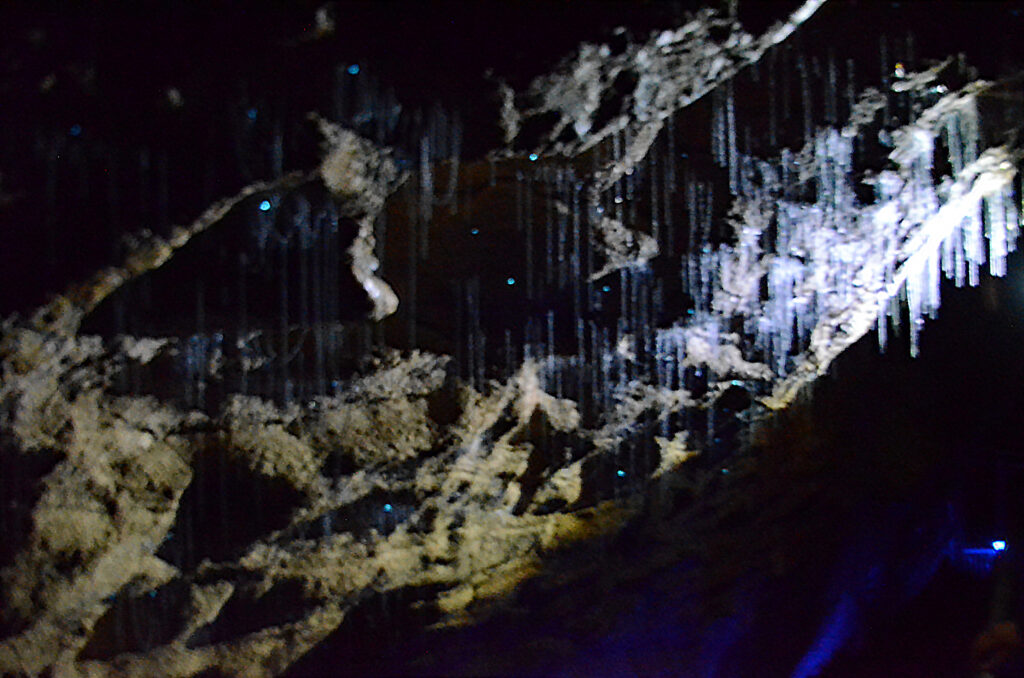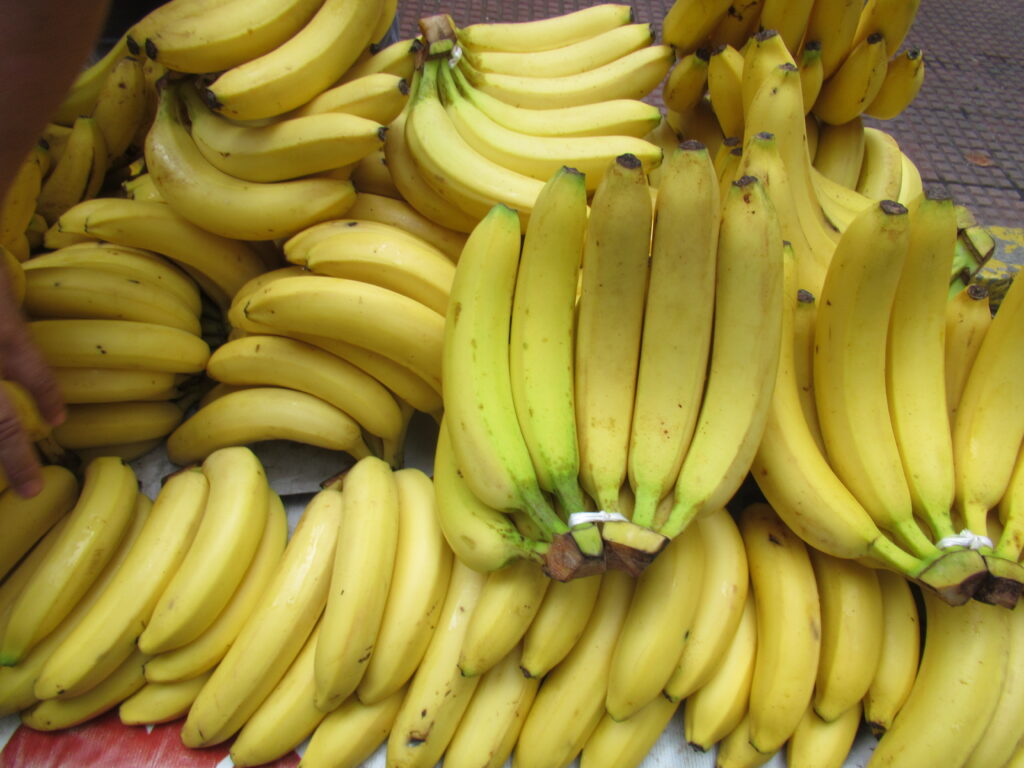Below the frozen waters of Antarctica, there is a silent crisis brewing one that has the potential to radiate throughout the entire marine food chain. Antarctic krill, small shrimp-like animals no larger than a human finger, are the uncelebrated champions of the Southern Ocean. Antarctic krill supply food to whales, penguins, and seals, sustain entire ecosystems, and even determine the climate of the Earth. But global warming and commercial fishing threaten these vital organisms. In a bid to preserve them, researchers are looking to an unlikely source: space satellites. Scientists expect to monitor krill populations more closely than ever before by detecting tiny variations in ocean color from space. Will it suffice to preserve them?
Why Scientists Are Counting Krill From Space
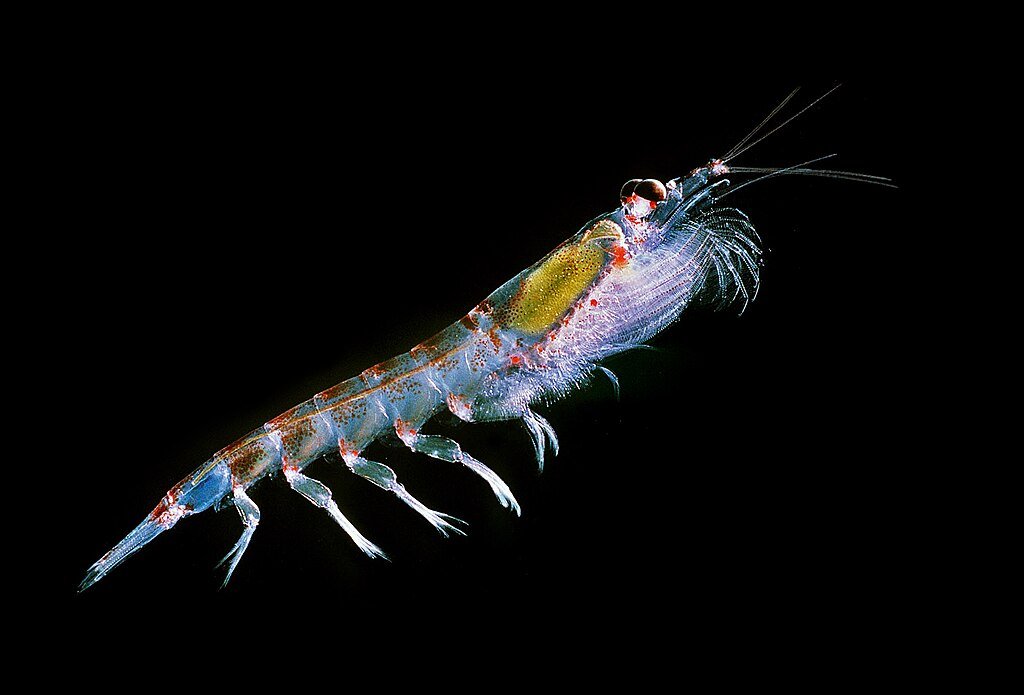
Antarctic krill (Euphausia superba) are little, but their influence is gigantic. These inch-long crustaceans create the largest biomass of any free-living animal on the planet an estimated 400 million tonnes, outweighing all people combined. But numbers are declining. Traditional ship-based and underwater drone methods of counting krill are costly, time-consuming, and restricted.
Now, a breakthrough technique is changing the game. Researchers from the University of Strathclyde, WWF, and the British Antarctic Survey (BAS) have discovered that krill alter the way seawater absorbs light. By measuring these minute color shifts via satellite, scientists can estimate krill densities across vast ocean stretches.
“We’re essentially turning the ocean into a giant krill sensor,” explains Dr. Cait McCarry, a marine biologist who recently braved Antarctic waters to calibrate the system. “Every krill changes the water’s optical signature. The more we add, the clearer the pattern becomes.”
The Krill Paradox: Tiny Creatures, Massive Consequences
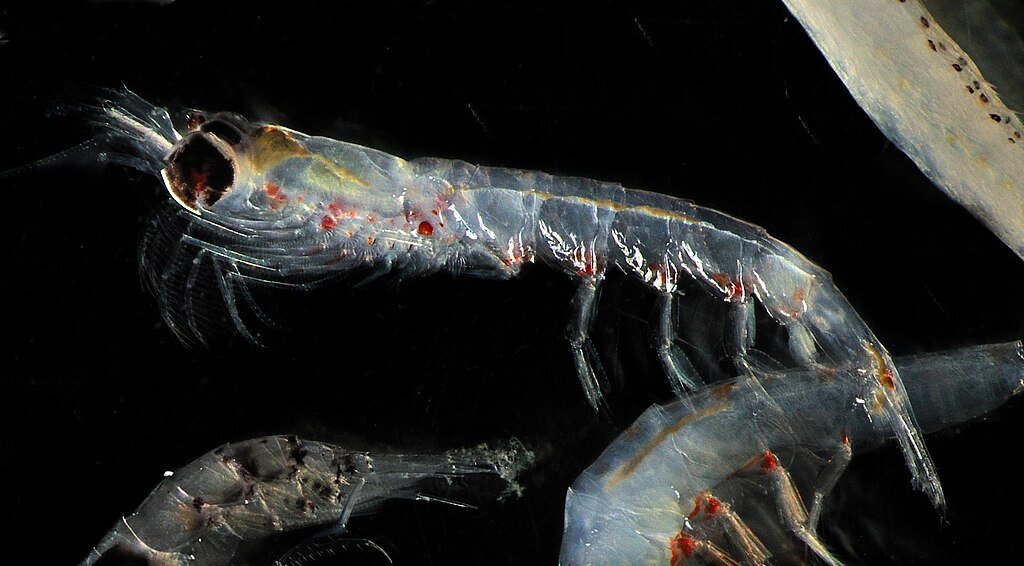
Why does counting krill matter? Because these creatures are the linchpin of Antarctic life. Nearly every major predator from blue whales to Adélie penguins depends on them. A single humpback whale can devour 1.5 tonnes of krill per day. But krill don’t just feed wildlife, they help cool the planet.
Here’s how:
- Krill eat phytoplankton, tiny plants that take in CO₂.
- When the whales consume krill and subsequently defecate, their iron-laden waste nourishes new blooms of phytoplankton.
- This results in a “carbon pump,” trapping greenhouse gases in the ocean depths.
But as oceans heat up, sea ice on which krill give birth and feed is disappearing. Since 1980, krill in the most important areas have declined by 80%. If that continues, the whole Southern Ocean system could collapse.
The Hidden Threat: Industrial Fishing in the Antarctic
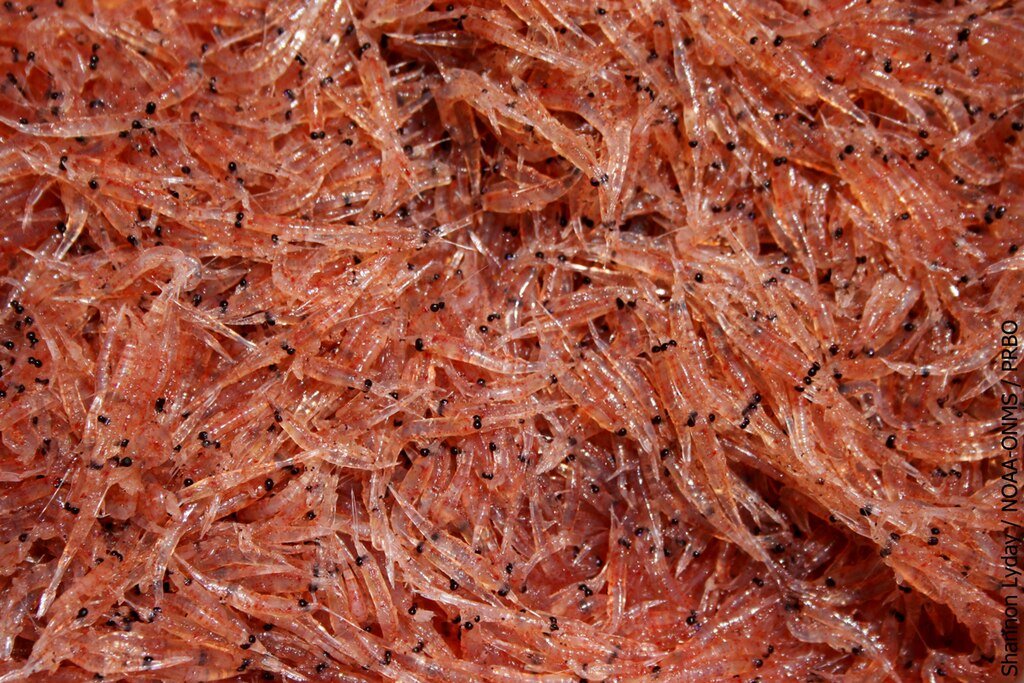
While climate change is the long-term danger, industrial krill fishing is accelerating the crisis. Krill are harvested for fish farm feed, omega-3 supplements, and even pet food. Annual catches now exceed 450,000 tonnes, with fleets from Norway, China, and South Korea leading the hunt.
“We’re playing Russian roulette with the Antarctic food web,” warns Rod Downie, WWF’s Chief Polar Advisor. “Krill fishing hotspots overlap with feeding grounds for whales and penguins. If we strip them away, entire species could starve.”
Satellite monitoring could help enforce marine protected areas (MPAs), ensuring fishing doesn’t push krill past a tipping point. But with only 5% of the Southern Ocean currently protected, time is running out.
Can Satellites Really Save the Krill?
The new space-based tracking method is promising, but challenges remain:
- Cloud cover and ice can obscure readings.
- Other plankton species might mimic krill’s optical signature.
- Satellites can’t distinguish between live krill and dead ones sinking to the depths.
Still, scientists are optimistic. “This isn’t just about counting krill,” says Dr. McCarry. “It’s about predicting where they’ll move as the ocean warms and ensuring protections follow them.”
What Happens If Krill Disappears?
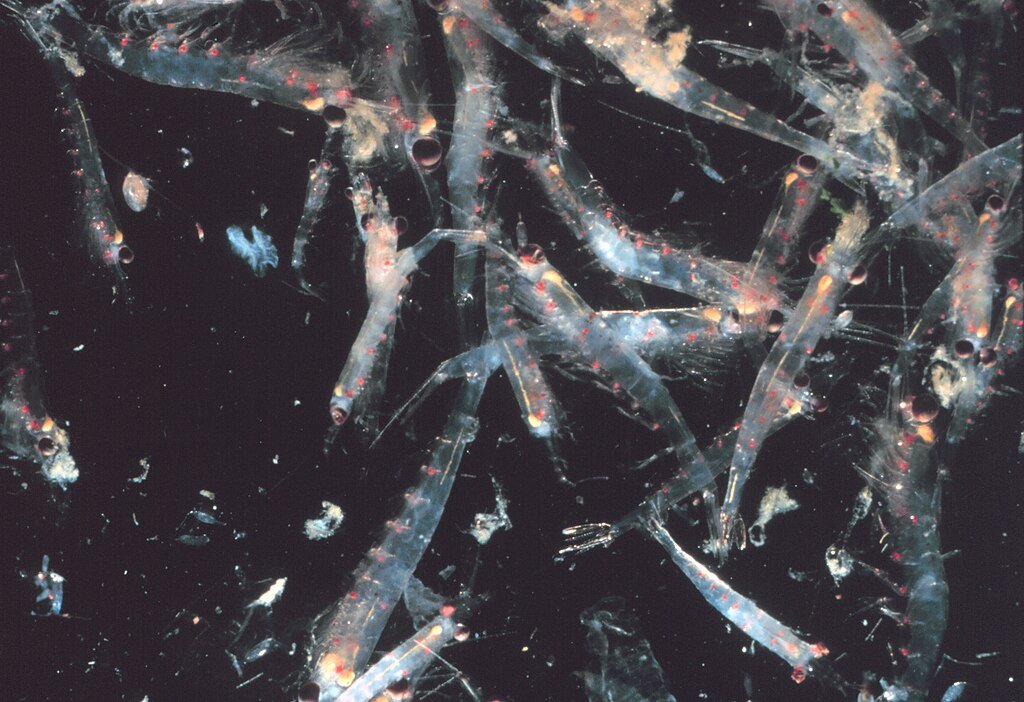
The stakes couldn’t be higher. A krill collapse would trigger a domino effect:
- Whales and penguins starve, disrupting ecotourism worth $1 billion annually.
- Phytoplankton blooms shrink, weakening the ocean’s ability to absorb CO₂.
- Fisheries collapse, as krill-eating fish (like Patagonian toothfish) vanish.
“Losing krill would be like pulling the bottom block from a Jenga tower,” says Downie. “Everything above it comes crashing down.”
The Fight to Protect Antarctica’s Superfood
Conservationists are pushing for:
- Expanding MPAs to cover 30% of the Southern Ocean by 2030.
- Stricter fishing quotas, especially near wildlife feeding zones.
- Satellite-powered enforcement to track illegal fishing.
“Krill may be small, but they’re mighty,” says Downie. “If we let them vanish, we’ll regret it for centuries.”
Final Thought: The Ocean’s Silent Alarm
Antarctic krill have survived for millions of years through ice ages and warming periods. But today’s rapid climate change, paired with industrial fishing, poses an unprecedented threat. By counting them from space, scientists are sounding an alarm: We must act now, or risk losing the ocean’s tiniest guardians and the giants that depend on them.
“The Southern Ocean doesn’t belong to us,” says Downie. “It belongs to the whales, the penguins, and yes even the krill.”
Sources:

Jan loves Wildlife and Animals and is one of the founders of Animals Around The Globe. He holds an MSc in Finance & Economics and is a passionate PADI Open Water Diver. His favorite animals are Mountain Gorillas, Tigers, and Great White Sharks. He lived in South Africa, Germany, the USA, Ireland, Italy, China, and Australia. Before AATG, Jan worked for Google, Axel Springer, BMW and others.


